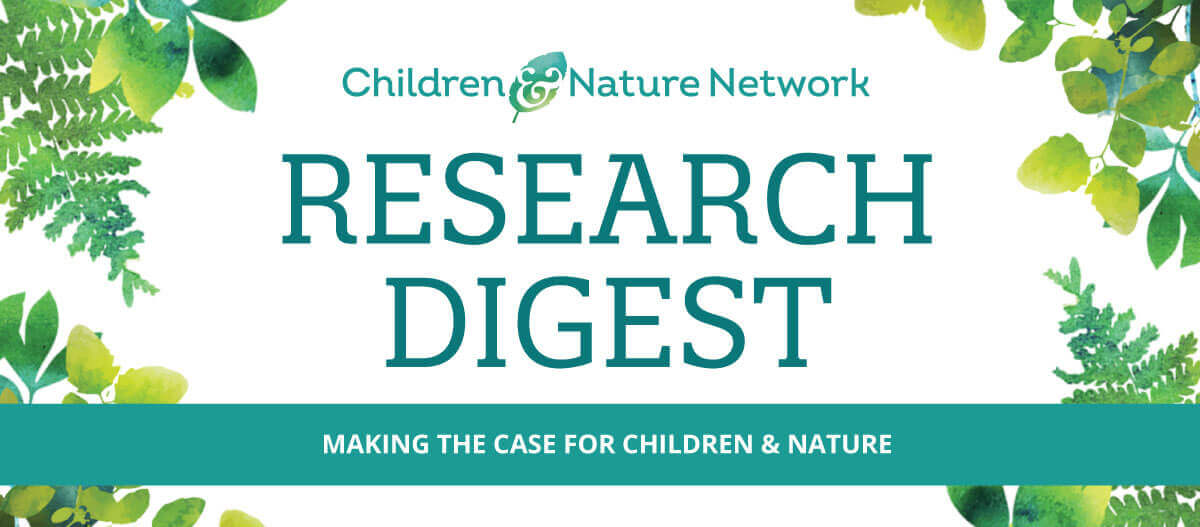Recommendations for Planning
RECOMMENDATION #1: When planning schoolyard transformations, focus on incorporating benefits for the school, the local community and the city overall.
Schoolyard greening from an urban resilience perspective can strengthen systems at different levels
Three case studies from different countries illustrate ways in which schoolyard greening was used to address such climate change concerns as urban heat islands, compromised air quality and stormwater runoff, while also increasing access to outdoor recreation and providing enhanced academic and environmental learning opportunities. The “nine-box resilience frame” developed as a part of this study can be used to assess the resilience dynamics of a given system or scale.
Flax et al., 2020. Greening schoolyards – An urban resilience perspective.
Access Study
RECOMMENDATION #2: Link schoolyard greening to broader city policies.
A combination of factors presents barriers to the successful up-scaling of green schoolyards
An analysis of two green schoolyard projects in the Netherlands identified multiple barriers to their successful up-scaling, including lack of environmental awareness, difficulty in acquiring funding, bureaucratic complexity, and lack of time, expertise, and political will. One suggestion for addressing these barriers involves linking schoolyard greening to other city policy concerns, such as climate change, disparities between neighborhoods and lack of community involvement.
Giezen & Pellerey, 2021. Renaturing the city: Factors contributing to upscaling green schoolyards in Amsterdam and The Hague.
Access Study
RECOMMENDATION #3: Identify and address social justice issues.
The benefits of urban greening policies across European cities have generally not extended to school environments, especially in deprived neighborhoods
This study examined changes in green/blue space land cover and tree cover in and around schools in four large European cities involved in school greening initiatives. Findings revealed that, in general, school-related green and blue infrastructure (GBI) consistently failed to meet recommended standards. Findings also found inequitable distributions, in which underprivileged schools had lower levels of GBI.
Gallez et al., 2024. Nature-based school environments for all children? comparing exposure to school-related green and blue infrastructure in four European cities.
Access Study
RECOMMENDATION #4: Integrate well-being goals with climate change resilience goals.
A theoretical framework for university campus design intertwines biophilia, sustainability and innovative learning opportunities
Findings from a review of empirical studies on the impact of biophilic design were used to develop a theoretical framework for designing innovation-conducive university campuses. The framework provides valuable insight for the design or retrofit of university campuses that nurture human well-being and innovative learning while aspiring to greater environmental sustainability.
Abdelaal, 2019. Biophilic campus: An emerging planning approach for a sustainable innovation-conducive university.
Access Study
Integrating biophilic design and other well-being principles in schools contributes to student and planetary health
A review of the literature, interviews and case studies of schools in Australia and Indonesia were used to create the Biophilic Wellbeing Systems Approach (BWSA), a strategy for designing educational settings which foster student well-being and environmental sustainability. The BWSA framework reflects Indigenous wisdom which recognizes ways in which learning environments can function as interconnected ecosystems.
Gray & Downie, 2024. Designing thriving school ecosystems: The synergy of biophilic design, wellbeing science, and systems science.
Access Study





